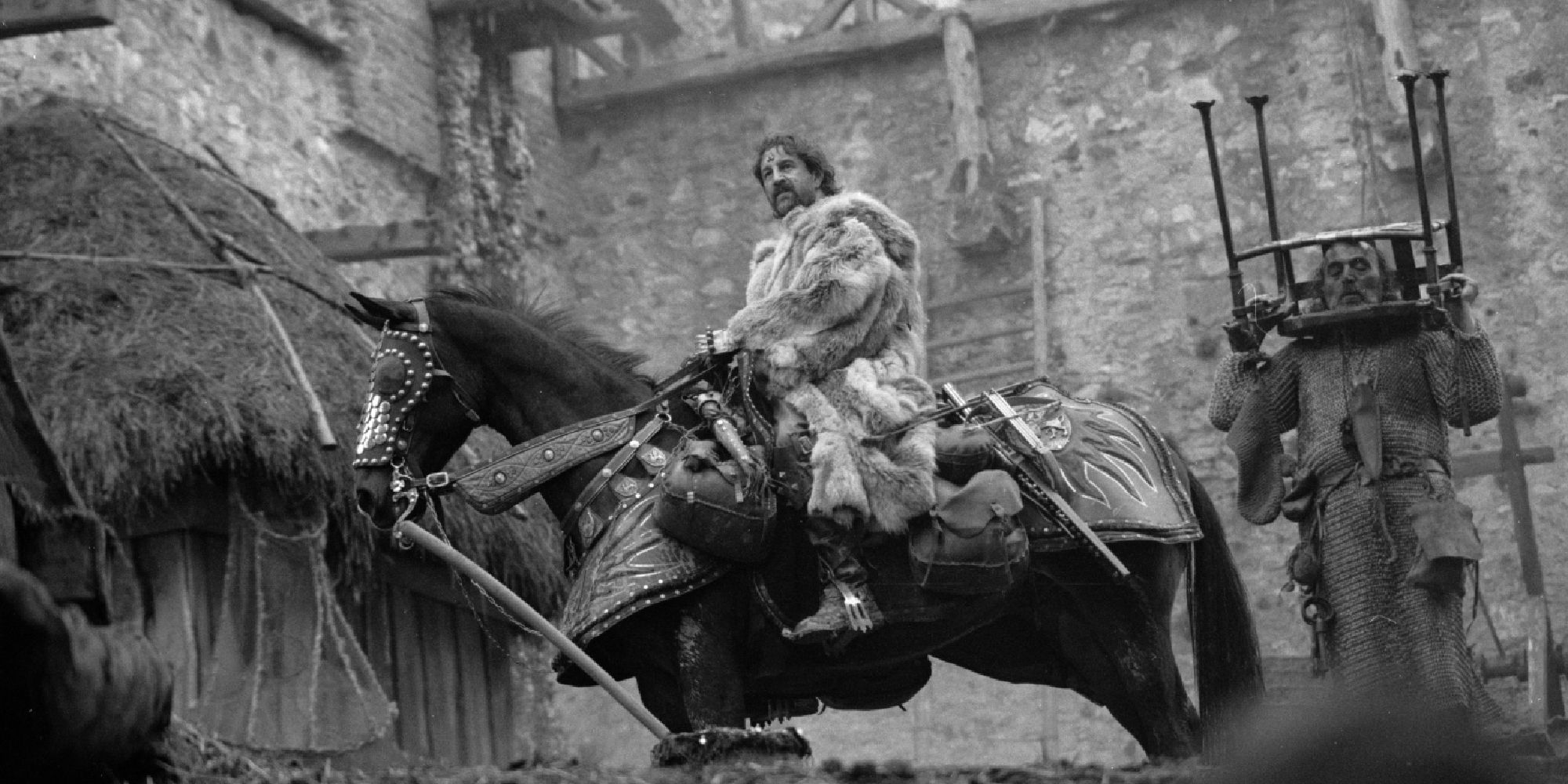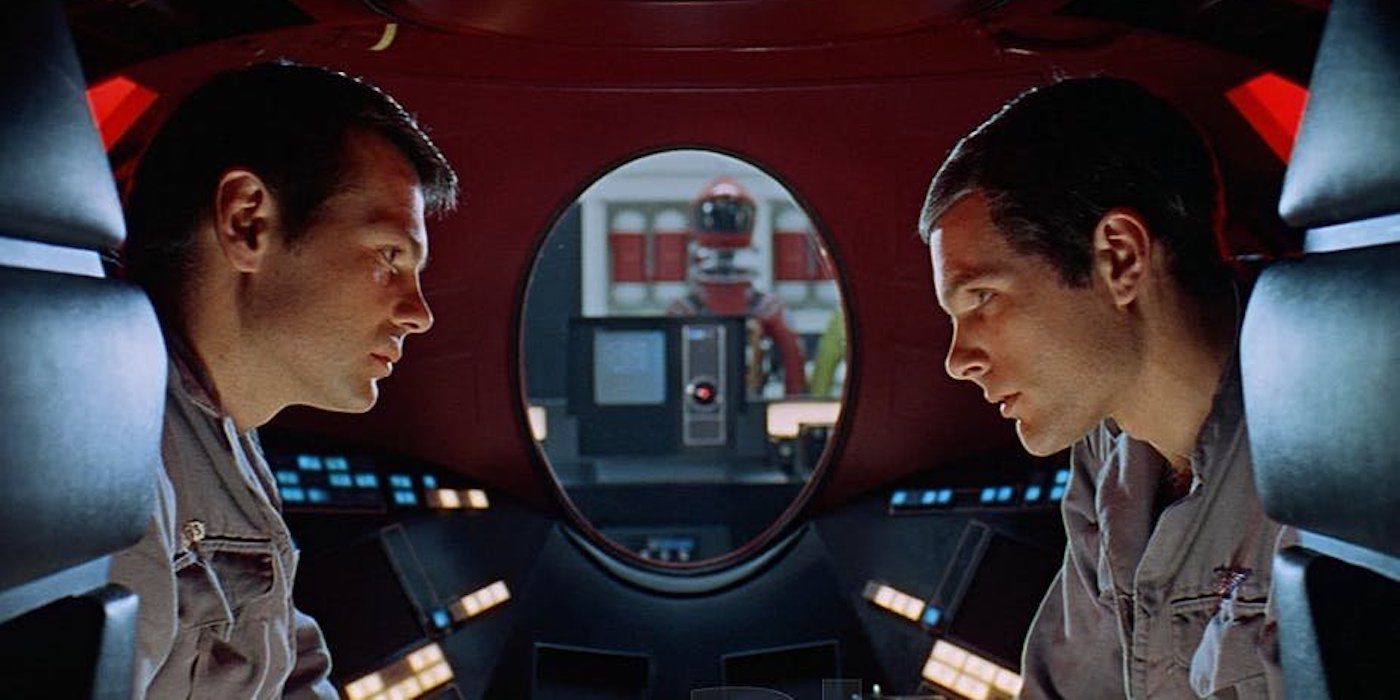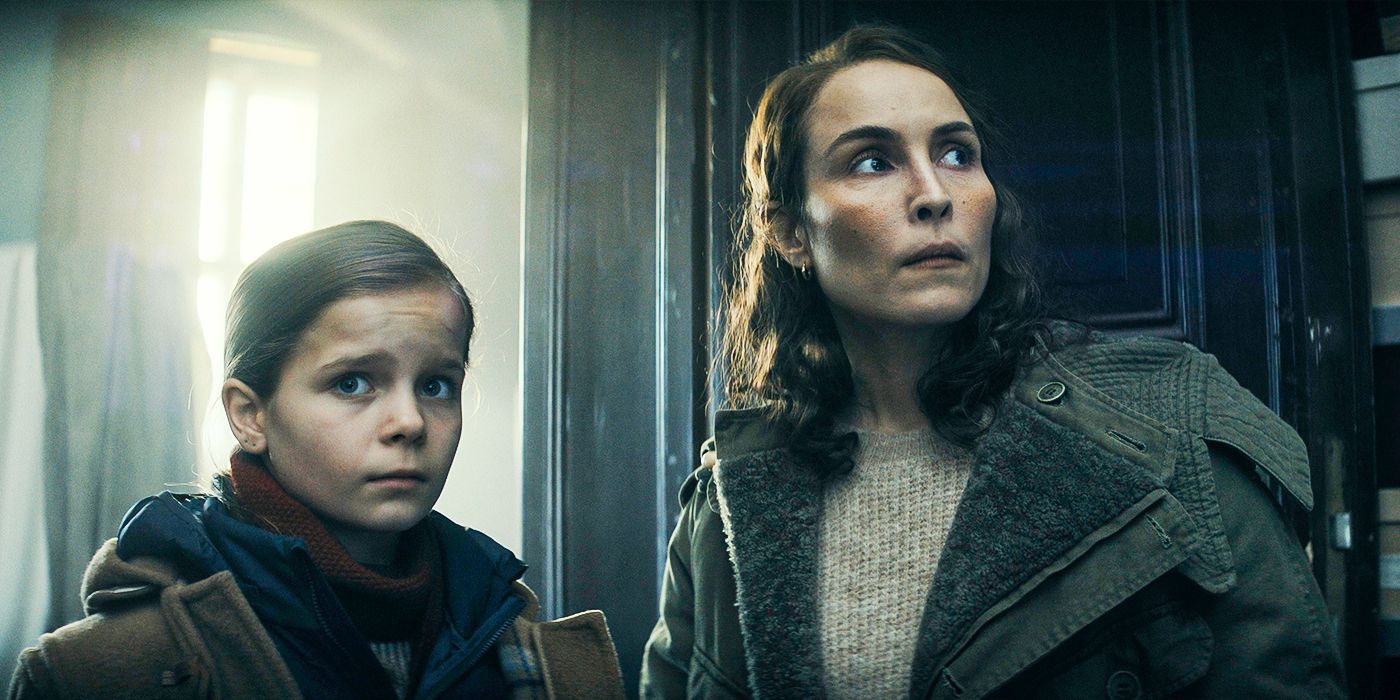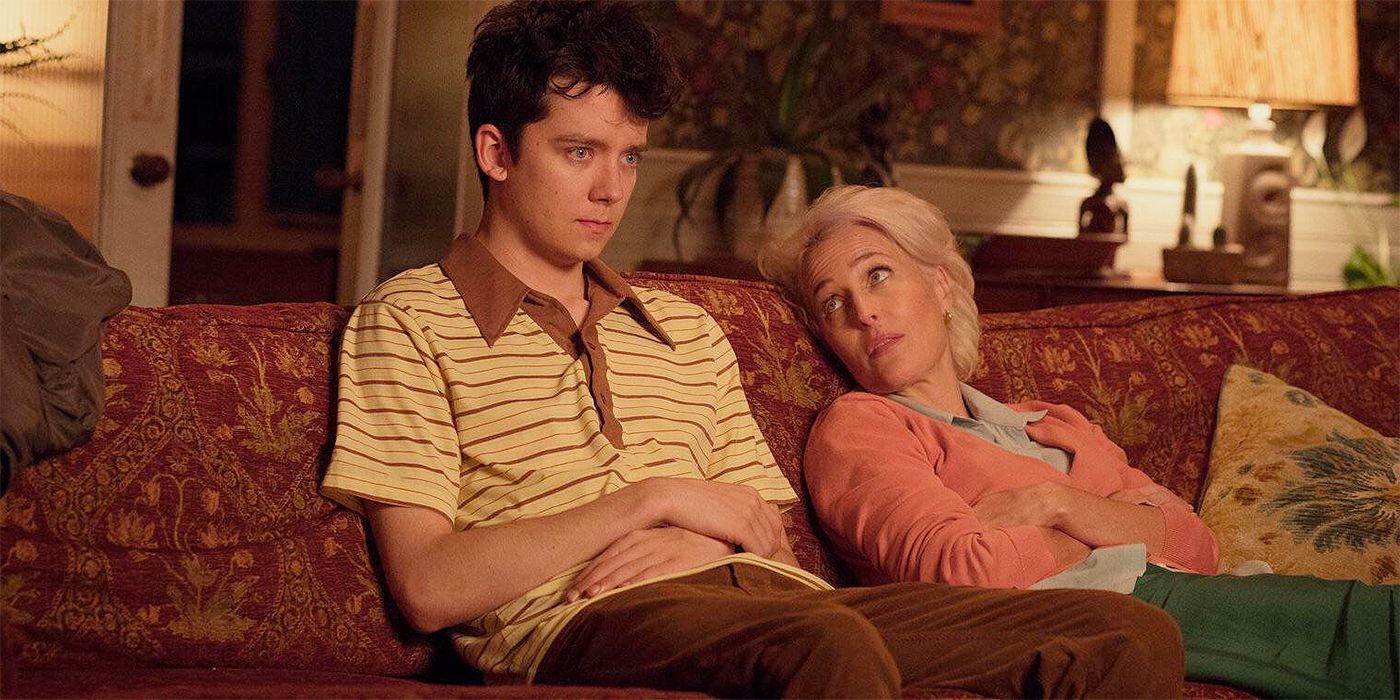Science fiction is one of the most popular genres around: Star Wars, for instance, has been one of the most popular franchises in cinema for several decades now. Of course, George Lucas is one of many visionary filmmakers who have made indelible marks on sci-fi’s history. Steven Spielberg, Stanley Kubrick, and Ridley Scott are a few more of the incredibly talented directors who come to mind.
To some extent, they all stand in the shadow of Fritz Lang‘s Metropolis from nearly a hundred years ago. However, that silent era tour-de-force of German expressionism isn’t always so easy to sit through for a modern audience, which raises the question of what makes a movie perfect versus what makes it simply brilliant. If it means that a movie could not reasonably get any better and feels practically just as breathtaking to watch now as it must have when first released, then the following works fit the bill as the most perfect sci-fi movies ever.
18 ‘Mad Max: Fury Road’ (2015)
Directed by George Miller
Most people don’t usually think of Mad Max: Fury Road as a science fiction movie, since the action and adventure elements hit so hard, but it is. Among other things, it has that powdery medicine given to Immortan Joe (Hugh Keays-Bryne), “blood bags” that give war boys strength, and wild vehicles that spew fire from their engines. Tom Hardy plays Max, a guilt-plagued loner who is captured by an oppressive regime and turned into a constant blood donor against his will. Understandably, this makes him mad.
When Furiosa (Charlize Theron) smuggles Immortan Joe’s wives out of the Citadel, her path crosses with Max’s in a very violent fashion. The movie essentially becomes an extended car chase, which keeps the tension quite high. This is one of the greatest action movies of all time, containing many remarkable action sequences that the audience can easily follow and a thrilling story about freedom, friendship, and teamwork.
Rent on Apple TV
17 ‘The Terminator’ (1984)
Directed by James Cameron
The Terminator easily could’ve just been an average B-movie in any other director’s hands, but James Cameron carefully immerses the audience in scenes that take place in the alarming present and the post-apocalyptic future. The blue tinge and relentless grit produce a dark tone that Cameron would put to good use in later films as well, including Terminator 2. In fact, several iconic scenes and lines from the original are wisely mirrored in the acclaimed sequel.
Most film scores from the 1980s do not hold up today, but The Terminator‘s is a notable exception. “Come with me if you want to live” (delivered by a terrific Michael Biehn) is still a great line, and the way the terminator (Arnold Schwarzenegger) slowly looks all around the room before saying “I’ll be back” is just as cool today as it was then. With a better sense of humor than you might expect, The Terminator earned its reputation as one of the best science fiction movies ever made.
The Terminator (1984)
- Release Date
- October 26, 1984
- Director
- James Cameron
- Runtime
- 107 minutes
Directed by Steven Spielberg
E.T. The Extra-Terrestrial is still a kids’ movie that can make adults cry. About an alien who gets stranded on Earth and finds help from a few local children, this sci-fi classic shows the power of friendship. As Gertie (Drew Barrymore) and Elliot (Henry Thomas) grow more attached to him, the more the audience does, too.
E.T. is one of the most adored fan-favorite aliens for more reasons than one. He’s gentle, he’s amusingly naive about everyday objects, he develops a heartwarming friendship with Elliot and Gertie, and all he wants to do is go home. This is a family-friendly masterpiece that Steven Spielberg directed beautifully, making it one of the best movies nominated for Best Picture in the 1980s. The glow of E.T.’s finger is incredibly realized, and the flying bicycles in the film’s climax might just make the viewer want to fly as well.
E.T. the Extra-Terrestrial
- Release Date
- June 11, 1982
- Cast
- Henry Thomas , Dee Wallace , Robert MacNaughton , Drew Barrymore , Peter Coyote , K.C. Martel
- Runtime
- 115 minutes
15 ‘Blade Runner’ (1982)
Directed by Ridley Scott
Based on Philip K. Dick‘s Do Androids Dream of Electric Sheep?, Ridley Scott’s neo-noir Blade Runner wasn’t the box office success one might think it was. But that wouldn’t stop it from gaining both a cult following and critical acclaim in retrospect. Ridley Scott directs this movie as if it were his last, bringing an intensity and attention to detail to a screenplay that needed him to overcome its genre tropes. The scenery of this futuristic Los Angeles is both gritty and mesmerizing, making for one of the most atmospheric science fiction movies ever.
Harrison Ford puts in one of his most beloved performances as Rick Deckard. He’s a former blade runner who is tasked yet again to hunt down several robots posing as humans (called replicants). Though the replicants are technically the antagonists here, Blade Runner shows their perspective and their feelings about having the consciousness of a person without societal acceptance or a stable identity. Bringing up the possibilities and ethics of artificial intelligence, it is also a thrilling (if disturbing) reflection on what it means to be human.
14 ‘Jurassic Park’ (1993)
Directed by Steven Spielberg
Based on Michael Crichton‘s novel of the same name, Jurassic Park helped to make 1993 one of the most significant years of Steven Spielberg’s filmography. Paleontologists Dr. Sattler (Laura Dern) and Dr. Grant (Sam Neill) are invited to the remote island of Isla Nubar so that the owner (Richard Attenborough) of an up-and-coming theme park can be given their approval and appease his investors. Mayhem inevitably ensues when the park’s power shuts down and the guests find themselves running for their lives.
This groundbreaking sci-fi adventure proved CGI’s potential, bringing the sense of wonder that Spielberg inspired for aliens to the land of dinosaurs. It’s one of his greatest achievements, which is saying something for one of the most influential directors of all time. The cup of water vibrating from those enormous footsteps is just one of many iconic scenes in an astonishing film. In the end, it demonstrates the consequences of actions that, as Dr. Malcolm (Jeff Goldblum) points out, prioritize technological progress and money over ethics.
Jurassic Park
- Release Date
- June 11, 1993
- Runtime
- 127
13 ‘Stalker’ (1979)
Directed by Andrei Tarkovsky
One of the undisputed masterpieces of the sci-fi genre, Andrei Tarkovsky‘s Stalker blends tropes of its genre with fantasy elements, resulting in a unique and mesmerizing mix. The plot centers on the titular character, who guides two men – a writer seeking inspiration and a scientist seeking knowledge – through a hazardous wasteland on their way to a room that can supposedly grant a person’s desires.
It might not be an overstatement to call Stalker the single most influential sci-fi movie ever. Starting with an intriguing premise and benefitting from stunning visuals, Stalker represents the perfect blend of thought-provoking philosophical themes and the elusive artistic language few filmmakers could master as perfectly as Tarkovsky. The film understands the innate connections between science fiction and fantasy, bridging them through a mesmerizing and highly allegorical tale about creativity, knowledge, and ego.
Stalker
- Release Date
- May 25, 1979
- Director
- Andrei Tarkovsky
- Cast
- Alexander Kaidanovsky
- Runtime
- 162 minutes
12 ‘Alien’ (1979)
Directed by Ridley Scott
“In space, no one can hear you scream.” Such was the tagline of Ridley Scott’s 1979 sci-fi horror Alien, starring genre queen Sigourney Weaver. The plot follows the crew of the commercial ship Nostromo, which becomes prey to a hostile alien being after investigating a distress call from a nearby planetoid.
Marking a before-and-after for science fiction, Alien is a deeply influential entry, released at a time when the genre was reaching its undeniable peak. Effortlessly mixing sci-fi themes with the thrills and chills of horror, Alien made excellent use of its claustrophobic setting to tell a story about one of the most timeless ideas in both genres: people fear the unknown. The film spawned a franchise and launched a million copycats, few of which came close to its brilliance. Now, over forty years later, Alien remains a masterclass in tone and atmosphere, a seminal sci-fi triumph and as flawless as a motion picture can get.
Watch on Hulu
11 ‘The Matrix’ (1999)
Directed by the Wachowskis
The term “modern classic” is thrown around far too carelessly nowadays. However, if there’s one movie that deserves the title, it’s The Matrix. Keanu Reeves as Thomas Anderson, an employee who, using the hacker moniker “Neo,” discovers humanity is immersed in a virtual reality called the Matrix while serving as an energy source for hyper-intelligent machines in a dystopian future.
The Matrix is a groundbreaking film that revitalized the then-dying sci-fi genre. It introduced countless cinematic techniques that would become a staple of not only sci-fi but action and thrillers, too. From the bullet time effect to its highly stylized choreography and distinctive cyberpunk approach, The Matrix is the godfather of modern sci-fi. Few movies are as exhilarating as this one: no matter how many times one rewatches, The Matrix stays dazzling and awe-inspiring, cementing its place as a sci-fi titan with no peer.
The Matrix
- Release Date
- March 31, 1999
- Runtime
- 136 minutes
Watch on Netflix
10 ‘Invasion of the Body Snatchers’ (1956)
Directed by Don Siegel
Director Don Siegel infuses film noir with sci-fi in one of the most concise thrillers ever made, Invasion of the Body Snatchers. Though the title more or less gives away its premise, it is no less compelling to watch Dr. Bennell (Kevin McCarthy) and his former girlfriend Becky (Dana Wynter) discover that there’s something wrong with their neighbors. A son swears his mother is an impostor, and others have similar sentiments about their own family members. As the two main characters reignite their love for each other, they are confronted by people who want them to feel no love at all.
Shot in black and white, Invasion of the Body Snatchers conveys the clear distinction between those whose instincts are right and those who are gaslighting them. The conflict eventually becomes not so much about stopping this alien invasion as merely finding someone who will believe it’s actually happening. The eeriest parts are when viewers get to see how these impostors interact with each other when they think no one is watching. Passionless conformity forfeits the human spirit: an appropriate message for the mid-fifties. Invasion of the Body Snatchers effortlessly blends thrills with sci-fi, resulting in a brilliant movie that is as effective today as it was then.
Invasion of the Body Snatchers (1956)
- Release Date
- February 5, 1956
- Director
- Don Siegel
- Cast
- kevin mccarthy , Dana Wynter , Larry Gates , King Donovan , Carolyn Jones , Jean Willes , Ralphe Dumke , Virginia Christine
- Runtime
- 80 Minutes
9 ‘Close Encounters of the Third Kind’ (1977)
Directed by Steven Spielberg
Close Encounters of the Third Kind is Steven Spielberg’s first (and arguably best) depiction of extra-terrestrial life. Fresh off the enormous success of Jaws, Spielberg uses Richard Dreyfus again to play Roy Neary, who understandably becomes obsessed with the several spaceships that fly right past him in the middle of the road. All the scenes where common objects go haywire—from toy monkeys to mailboxes—are still as immersive today as they were in 1977.
This is a film about communication, as Roy’s ability to talk to his family is replaced by the visions that bring him closer to another kind of family. In the meantime, Lacombe (played by legendary director François Truffaut) and his team figure out how to speak through music to an alien species. They don’t know what they’re saying, only that their conversation is a sign of peace. There is the obvious theme of obsession throughout, but perhaps more than anything else, this masterpiece is meant to inspire awe and childlike wonder for that which isn’t fully understood.
Close Encounters of The Third Kind
- Release Date
- November 18, 1977
- Director
- Steven Spielberg
- Runtime
- 135
8 ‘WALL-E’ (2008)
Directed by Andrew Stanton
Pixar has crafted multiple visionary films, and WALL-E may be the best. The first section embraces the silent era, introducing the story largely through action and setting. WALL-E (Ben Burtt), the robot whose job is to turn garbage into cubes and stack them into towers the height of skyscrapers, has so much personality that his very movements reveal everything audiences need to know. When he meets EVE (Elissa Knight), a much more advanced robot, the charming sci-fi film about pollution becomes a romance movie, too.
The story is masterfully told, combining dark dystopian topics, including consumerism and dependence on technology, with lovable humor, thrilling adventure, and dazzling visuals that are family-friendly. Not to mention how bold its references to other movies are—playing “Thus Spake Zarathustra” as the captain struggles to stand on two feet is ingenious and deepens the film’s thematic heft. It takes a lot of heart to bring warmth into space, and WALL-E achieves it with (literally) flying colors.
WALL-E
- Release Date
- June 22, 2008
- Director
- Andrew Stanton
- Runtime
- 103
7 ‘A Clockwork Orange’ (1971)
Directed by Stanley Kubrick
Stanley Kubrick’s A Clockwork Orange is a dark yet largely accurate adaptation of Anthony Burgess’s 1962 novel. Though Burgess didn’t like the ending and wanted more violence, he still thought highly of it. The film is set in a futuristic dystopia where young men dabble in ultra-violence and speak in a meter-driven dialect taken from the book. The terrible leader of a gang (and the film’s narrator) is Alex, played sadistically by Malcolm McDowell, who eventually gets sent to prison and experimented on.
The movie’s depiction of murder and sexual violence stirred so much controversy and backlash that Kubrick actually pulled it from theaters himself: a one-of-a-kind theatrical run for a one-of-a-kind movie. A Clockwork Orange asks if evil impulses can be physically repressed so aggressively that one can be forced to live a moral life. Or, in other words, if free will can be cured. The answer isn’t very optimistic, but it’s undeniably impactful and thought-provoking, ensuring the film’s legacy as a perfect entry into the sci-fi genre.
A Clockwork Orange
- Release Date
- December 19, 1971
- Director
- Stanley Kubrick
- Cast
- Malcolm McDowell , Patrick Magee , Michael Bates , Warren Clarke , John Clive , Adrienne Corri
- Runtime
- 136 mins
6 ‘Solaris’ (1972)
Directed by Andrei Tarkovsky
One of the best movies of 1972, Andrei Tarkovsky’s Solaris is about a psychologist named Kelvin (Donatas Banionis) who is sent to a space station plagued by mysterious events. This space station orbits around the oceanic planet Solaris, which essentially functions as a psychological mirror of sorts. In Kelvin’s case, his late wife appears in the station, except her memories aren’t as complete as her physical features. Yet she is no automaton, either, disturbingly calling into question the nature of consciousness.
Though technically based on a 1961 novel by Stanislaw Lem, Solaris is largely considered Tarkovsky’s reply to Kubrick’s 2001: A Space Odyssey. They both meditate on the human condition and are pioneers of slow cinema. About their fundamental difference, Roger Ebert elucidates: “Kubrick’s film is outward, charting man’s next step in the universe, while Tarkovsky’s is inward, asking about the nature and reality of the human personality.” If the viewer is in the mood to float on a long, meditative wave, then they should search no further than Solaris, a film with questions that remain unanswerable.
Solaris (1972)
- Release Date
- May 13, 1972
- Director
- Andrei Tarkovsky
- Cast
- Donatas Banionis , Natalya Bondarchuk , Jüri Järvet , Vladislav Dvorzhetskiy
- Runtime
- 166 minutes
5 ‘Terminator 2: Judgment Day’ (1991)
Directed by James Cameron
Made seven years after its predecessor, this sequel changes the approach from horror-thriller with some romance to blockbuster action. It’s still dark, even beginning with a look at the future war our characters want to prevent. Sarah Connor (Linda Hamilton) has become extremely tough, cunning, and independent: basically the opposite of her original persona. Another excellent character shift: Arnold Schwarzenegger plays a good terminator now, sent from the future to defend John Connor (Edward Furlong).
James Cameron has directed some great movies, but Terminator 2: Judgment Day is probably his best work. A new and horrifying liquid-based terminator (Robert Patrick) chases John, leading to many amazing action sequences with special effects so fully realized that they still somehow look good today. Terminator 2 has a big heart as well, not to mention an important yet apparently unheeded message about the dangers of artificial intelligence. With a good sense of humor and potent music to boot, the film is the epitome of sci-fi action.
4 ‘Star Wars’ (1977)
Directed by George Lucas
Fans can argue about the prequel trilogy and sequel trilogy all they want, but the very first Star Wars (eventually named Episode IV: A New Hope) is enticing from start to finish. All the more impressive that it takes a little while before viewers even meet Luke Skywalker himself, as the narrative follows the droids CP3O and R2D2 first. Written and directed by George Lucas, this sci-fi adventure helped define the blockbuster and went on to be one of the best movies nominated for Best Picture in the 1970s.
The music is beautiful, its visuals spectacular. This marks the time when the plot of a Star Wars movie made sense, and lightsaber battles could merely resemble flashy fencing. With dazzling visual effects that changed the sci-fi genre forever, Star Wars is a truly groundbreaking entry that revolutionized the sci-fi genre. Just as importantly, though, its characters are allowed to change for the better as the story goes on—and these arcs would never be fuller in any other Star Wars movie.
3 ‘The Empire Strikes Back’ (1980)
Directed by Irvin Kershner
One of the greatest sequels of all time, The Empire Strikes Back (eventually called Episode V) took the Star Wars saga into darker, more intense narrative territory. Luke goes to Kashyyyk to train with Yoda while Han and Leia flee from the Empire. Both stories are equally compelling and convincingly show character growth. Luke is still impatient, while Han and Leia still bicker even as they fall in love. There’s also Lando Calrissian (Billy Dee Williams), who has a conflict of his own.
After the Rebellion’s success in the previous film, The Empire Strikes Back stays true to its name as the good guys constantly find themselves on their heels. This sequel ends on a note where circumstances are both unresolved and as bleak as ever, yet it still works. How? The characters have all gone through satisfying emotional arcs, and the plot has left them in circumstances where they need to regroup. Thanks largely to Irvin Kershner‘s direction, a successful expansion of the fascinating worldbuilding, and a heightened sense of dangers and higher stakes, The Empire Strikes Back is superior to its legendary predecessor.
2 ‘Hard to Be a God’ (2013)
Directed by Alexei German
The premise of Hard to Be a God is very simple: a group of scientists travels to a planet that is nearly identical to Earth. It’s stuck in the Dark Ages, and they’re supposed to be studying it to watch it transition into the Renaissance, but it never comes and doesn’t seem to be approaching anytime soon. What follows is a relentlessly slow and punishing wait for humanity to rise from its perpetual squalor.
One of Tarkovsky’s contemporaries, Alexei German proves that a perfect science fiction movie doesn’t require any of the hallmarks of popular sci-fi narratives. Most of the spare dialogue of this 3-hour epic comprises non-sequiturs, the special effects mercilessly depict a disgusting medieval hellscape, and the camera stays close to Don Rumata (Leonid Yarmolnik). German had already dissected the Soviet mentality under Stalin’s brutal government in Khrustalyov, My Car! in 1998, and decided to apply the same Fellini-esque and anti-conventional style to what amounts to the human condition. Hard to Be a God is nihilism at its bleakest, a challenging yet unforgettable experience and a masterful addition to science fiction.
Hard to Be a God
- Release Date
- February 27, 2014
- Director
- Aleksey German
- Cast
- Leonid Yarmolnik , Aleksandr Chutko , Yuriy Tsurilo , Evgeniy Gerchakov
- Runtime
- 177 Minutes
Rent on Apple TV
1 ‘2001: A Space Odyssey’ (1968)
Directed by Stanley Kubrick
Where to begin with 2001: A Space Odyssey? This ambiguous journey through time and space starts with the “Dawn of Man” sequence, which has no dialogue (since all the characters are prehistoric apes) and comes across as a short film of its own. It culminates in a famous scene that ties together the origin of human consciousness and technological innovation with weaponry and war.
Of course, the impeccable special effects speak for themselves. But since A Space Odyssey is very much an exemplar of slow cinema, lacks a conventional narrative, often prefers silence to dialogue, and shows rather than tells, it’s more likely to make someone say “Whuh?” than anything else upon first viewing. “Hmm” might come upon a second, but the patient viewer will be rewarded every time they revisit this visionary work. There will always be something else to consider about Kubrick’s magnum opus, a tour-de-force only gets better with age.
2001: A Space Odyssey
- Release Date
- April 2, 1968
- Director
- Stanley Kubrick
- Cast
- Keir Dullea , Gary Lockwood , William Sylvester , Daniel Richter , Leonard Rossiter , Margaret Tyzack
- Runtime
- 141

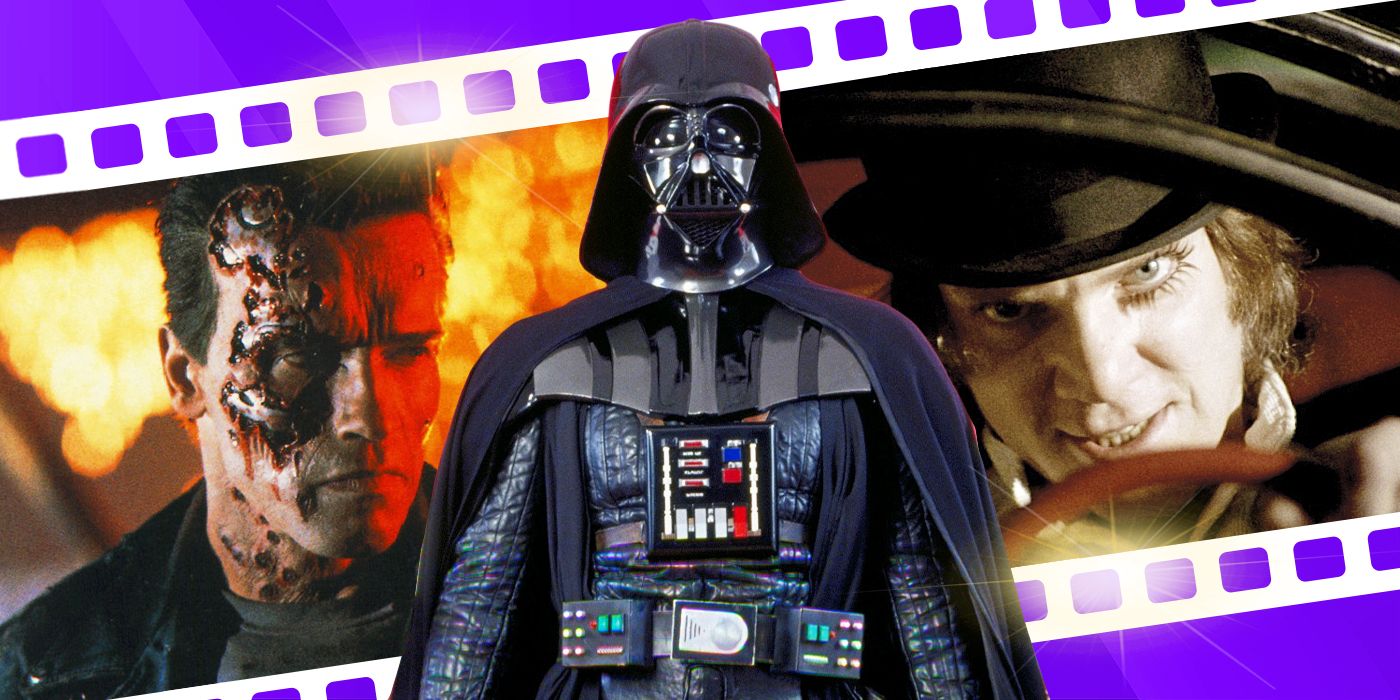
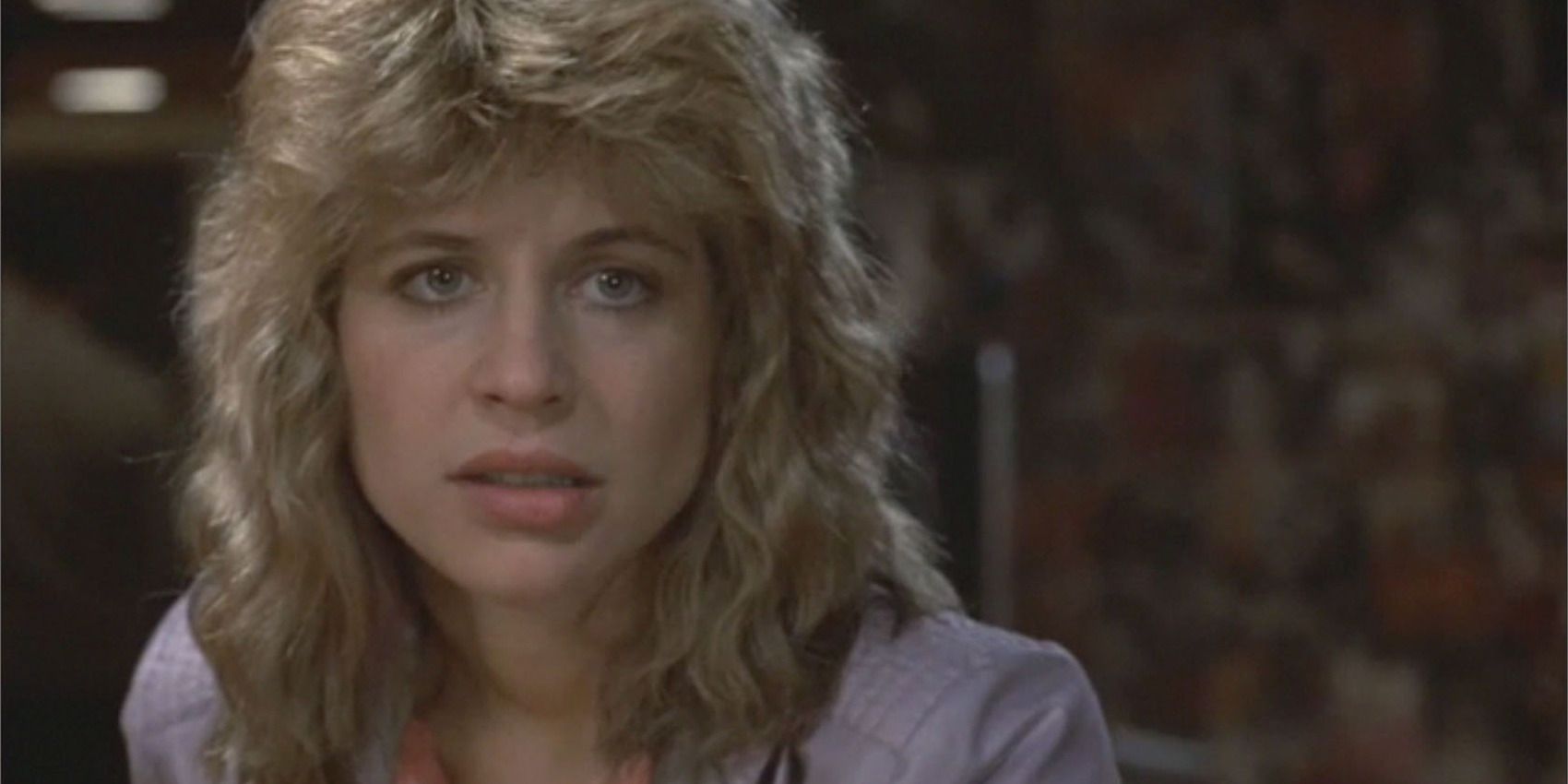
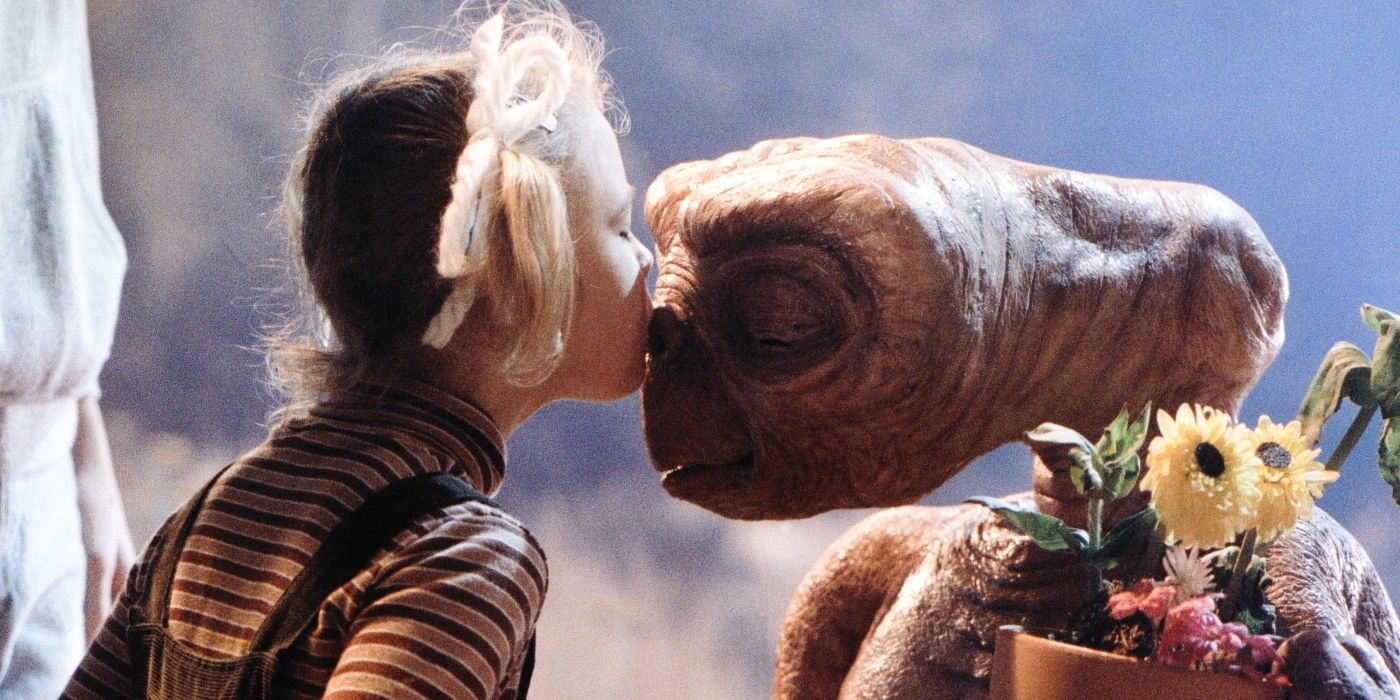
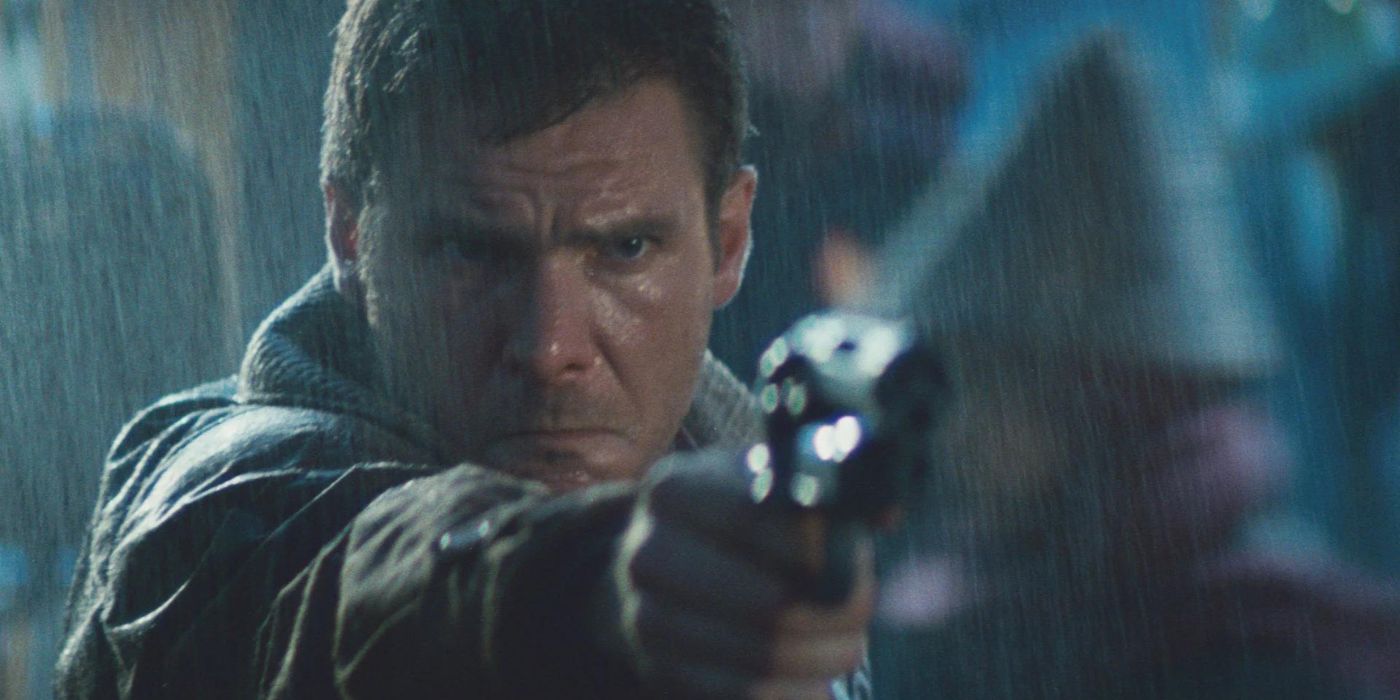
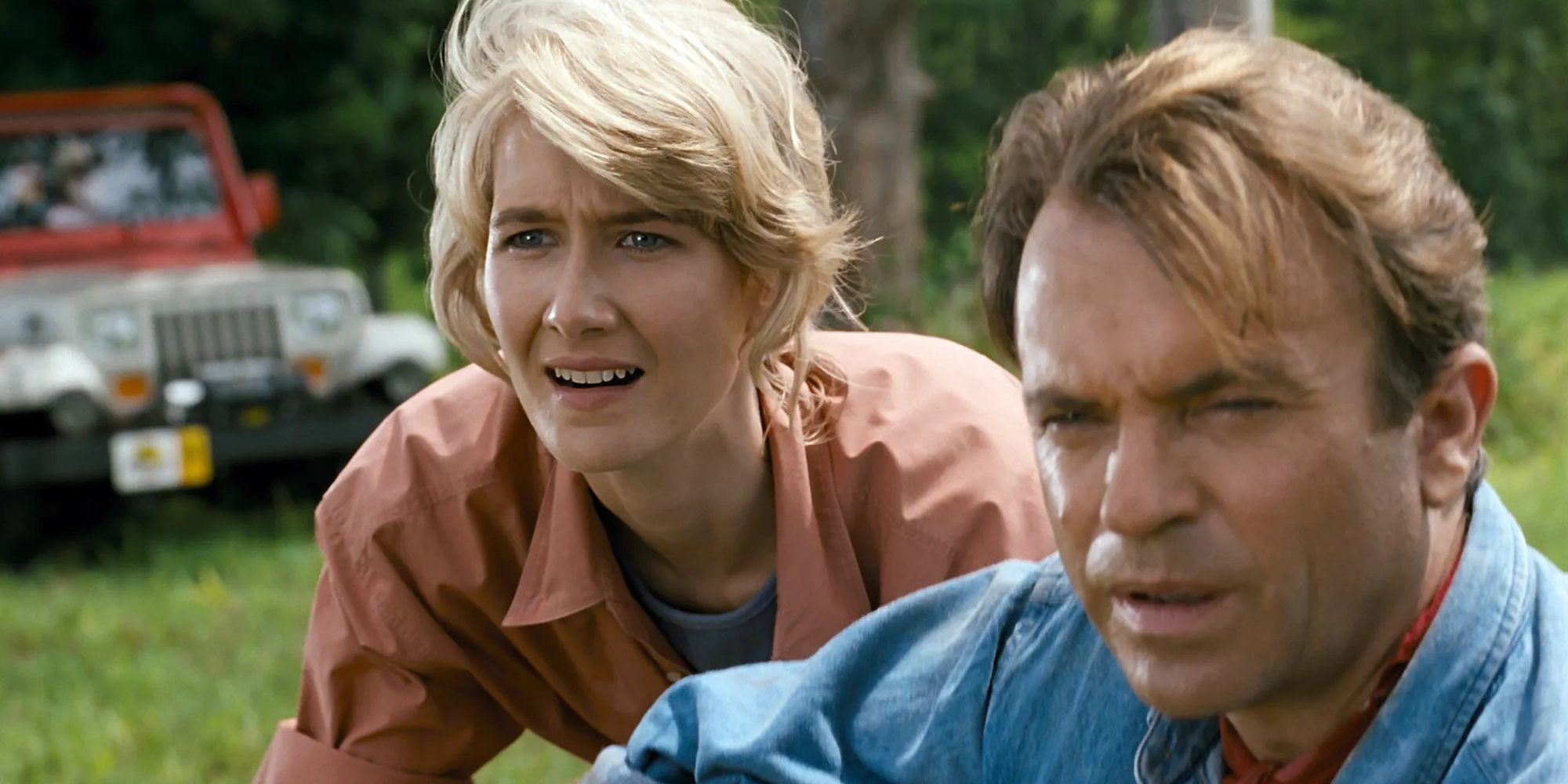

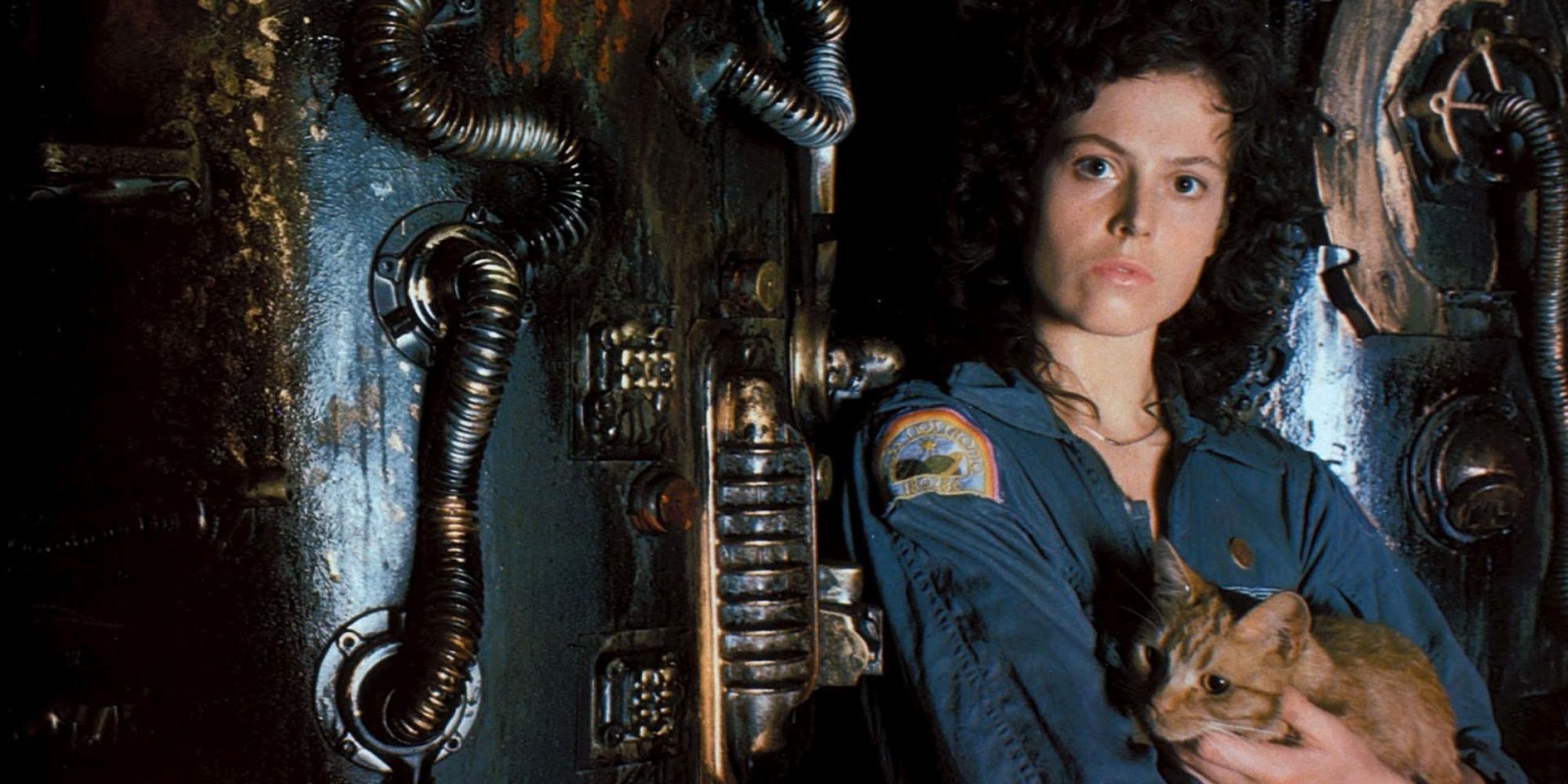
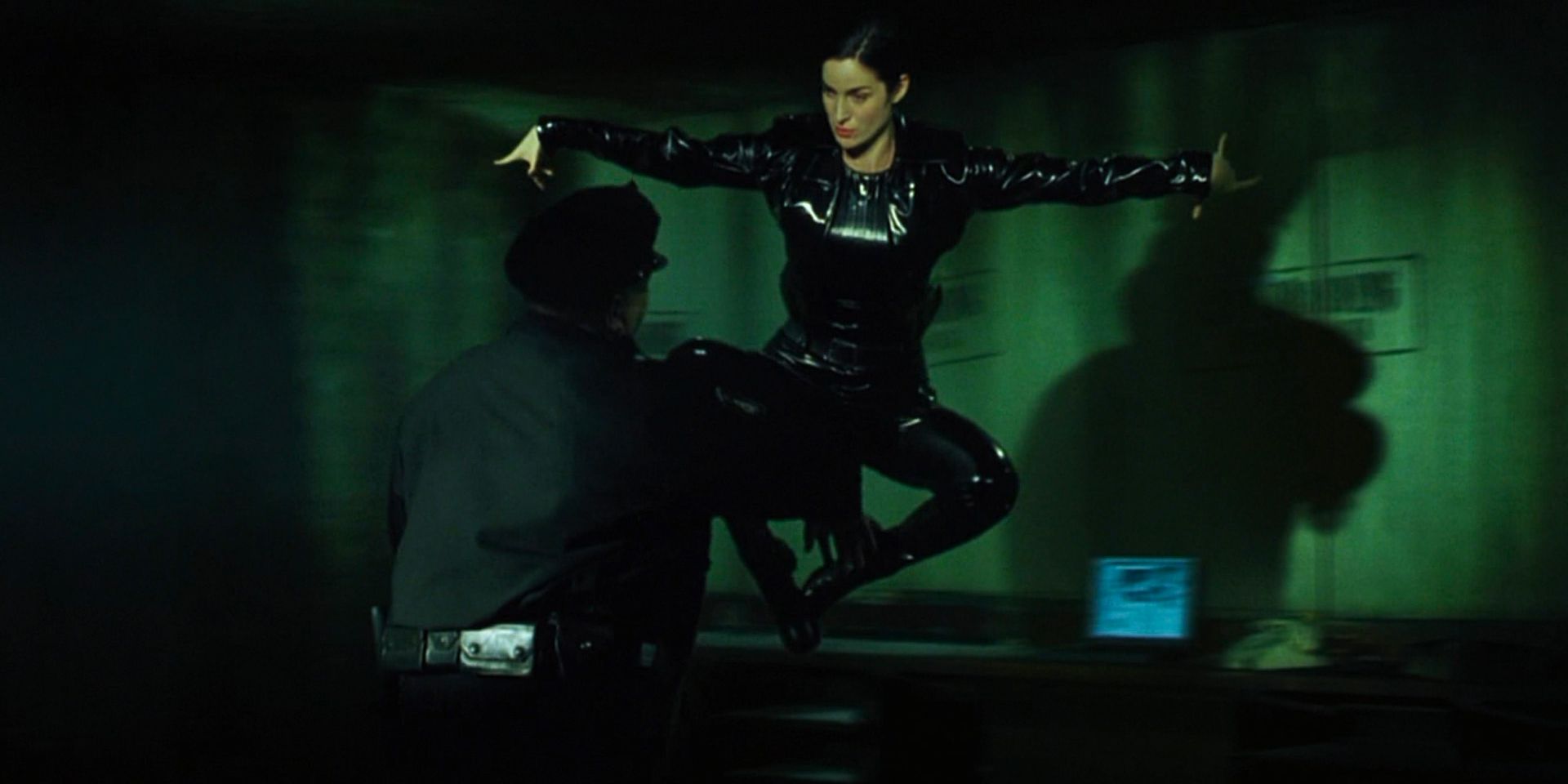
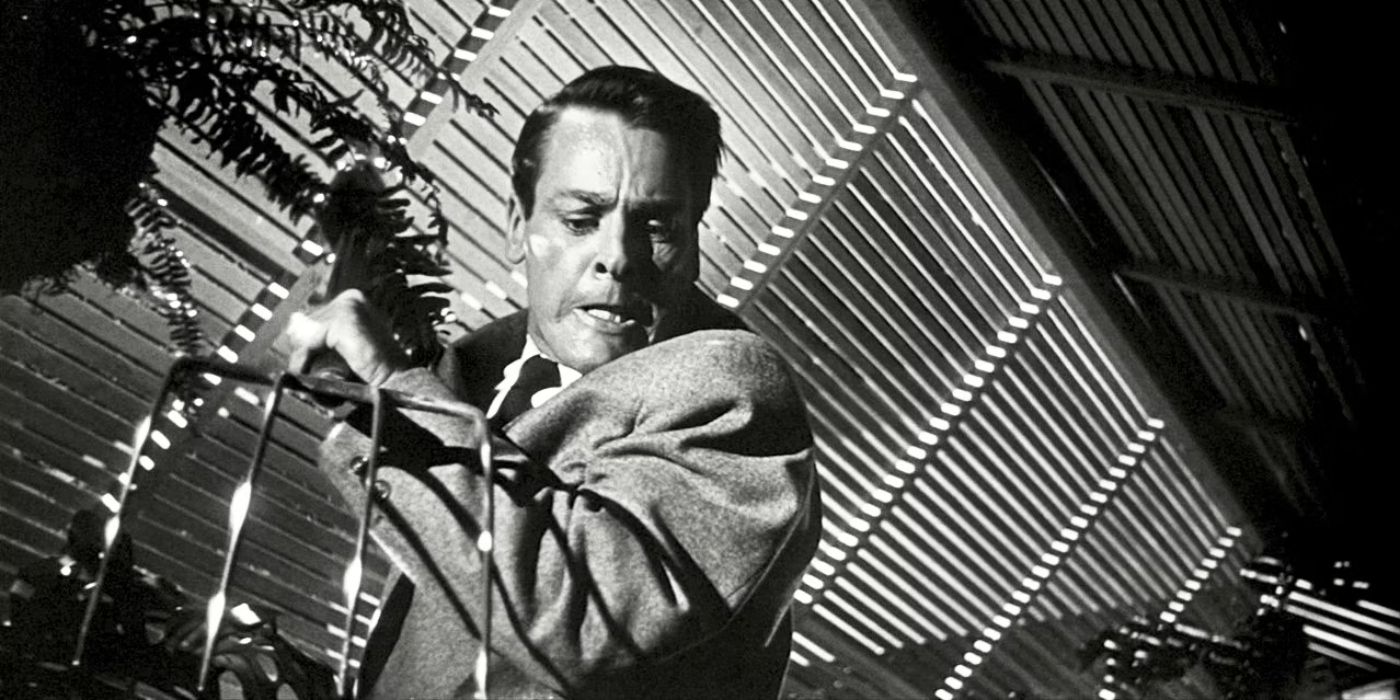
-3.jpg)
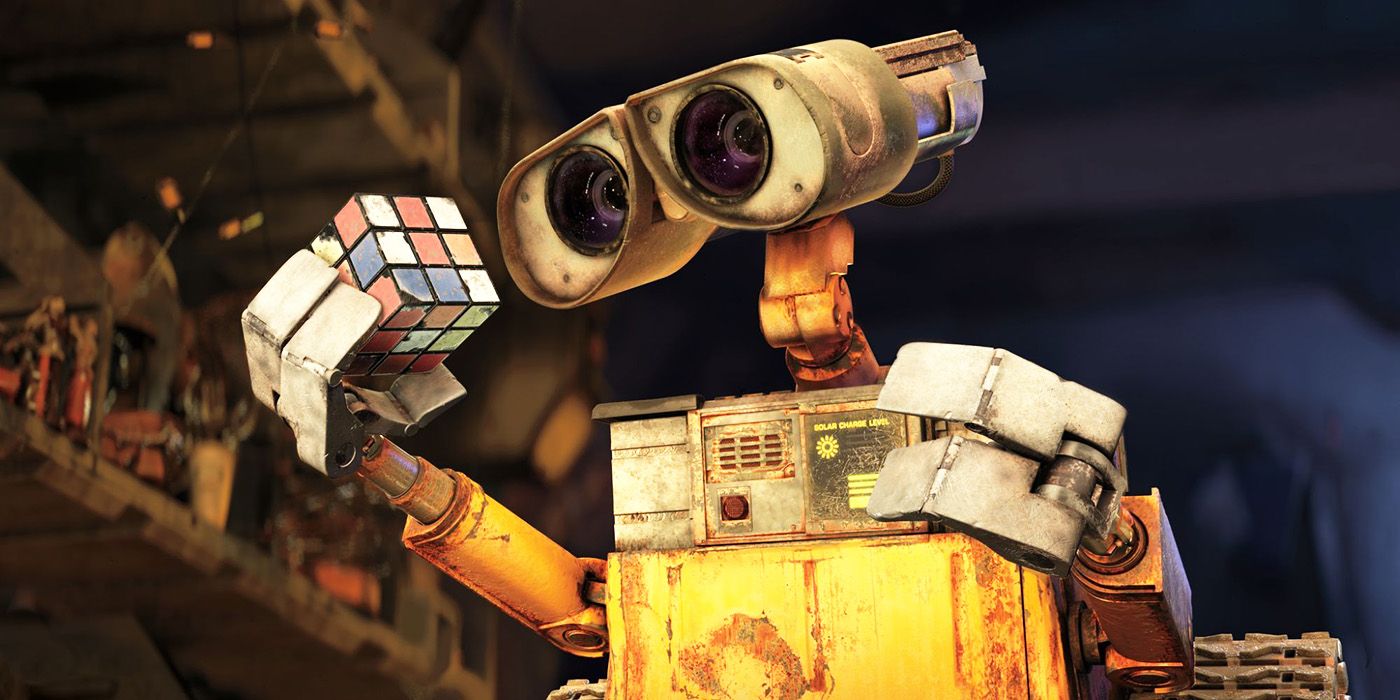
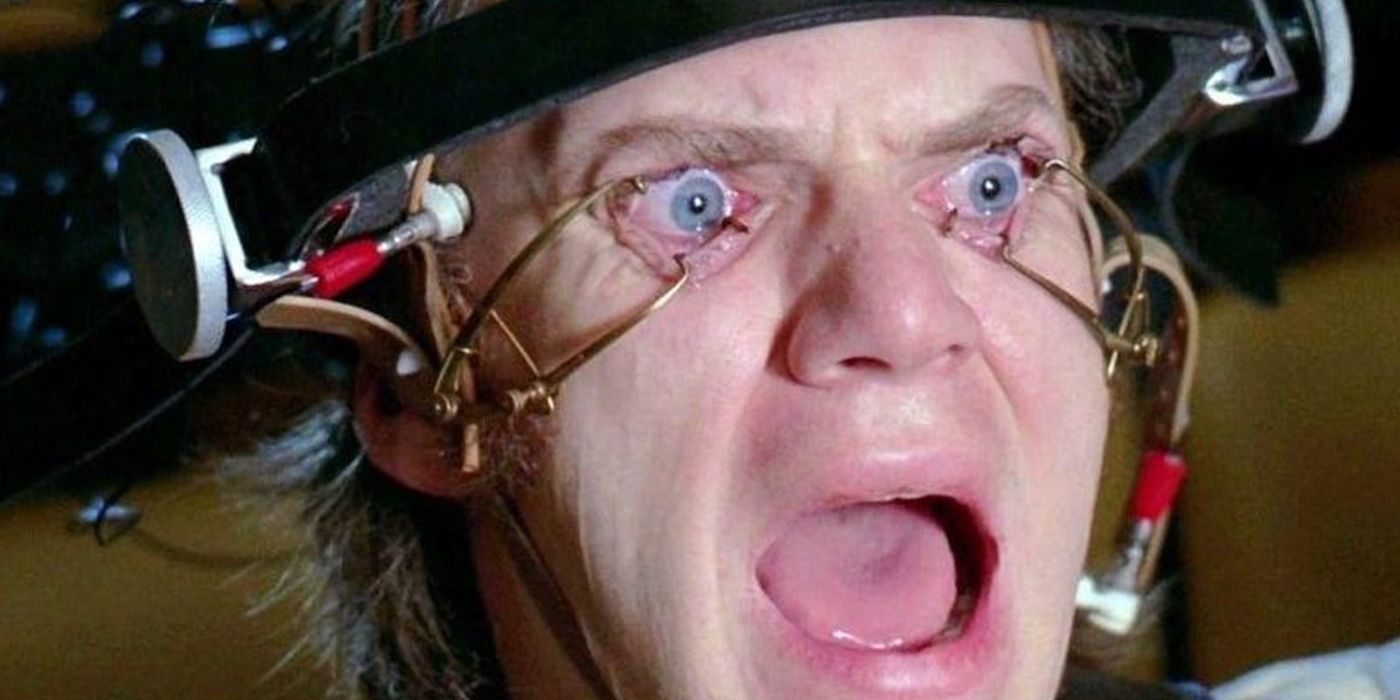
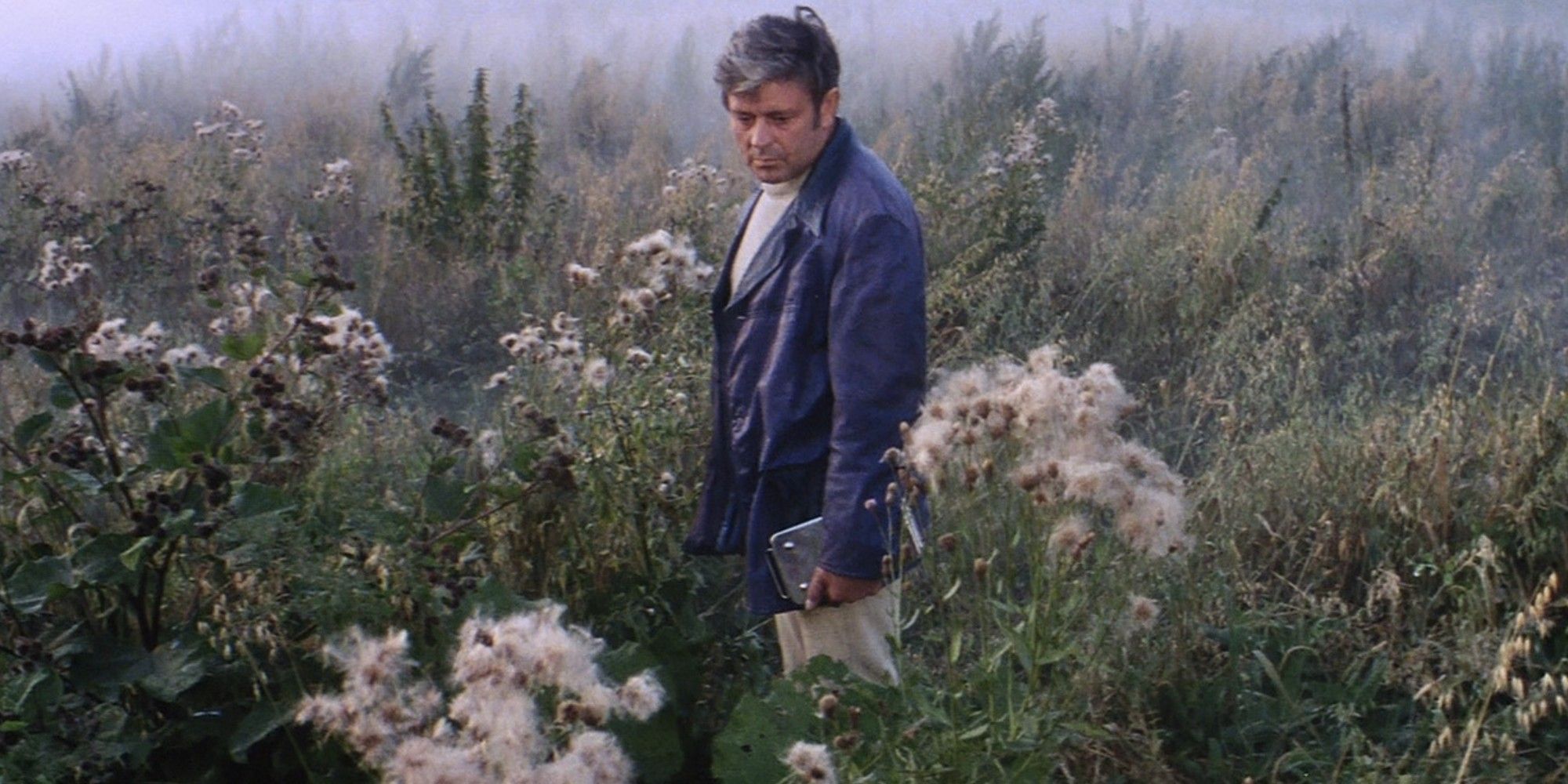
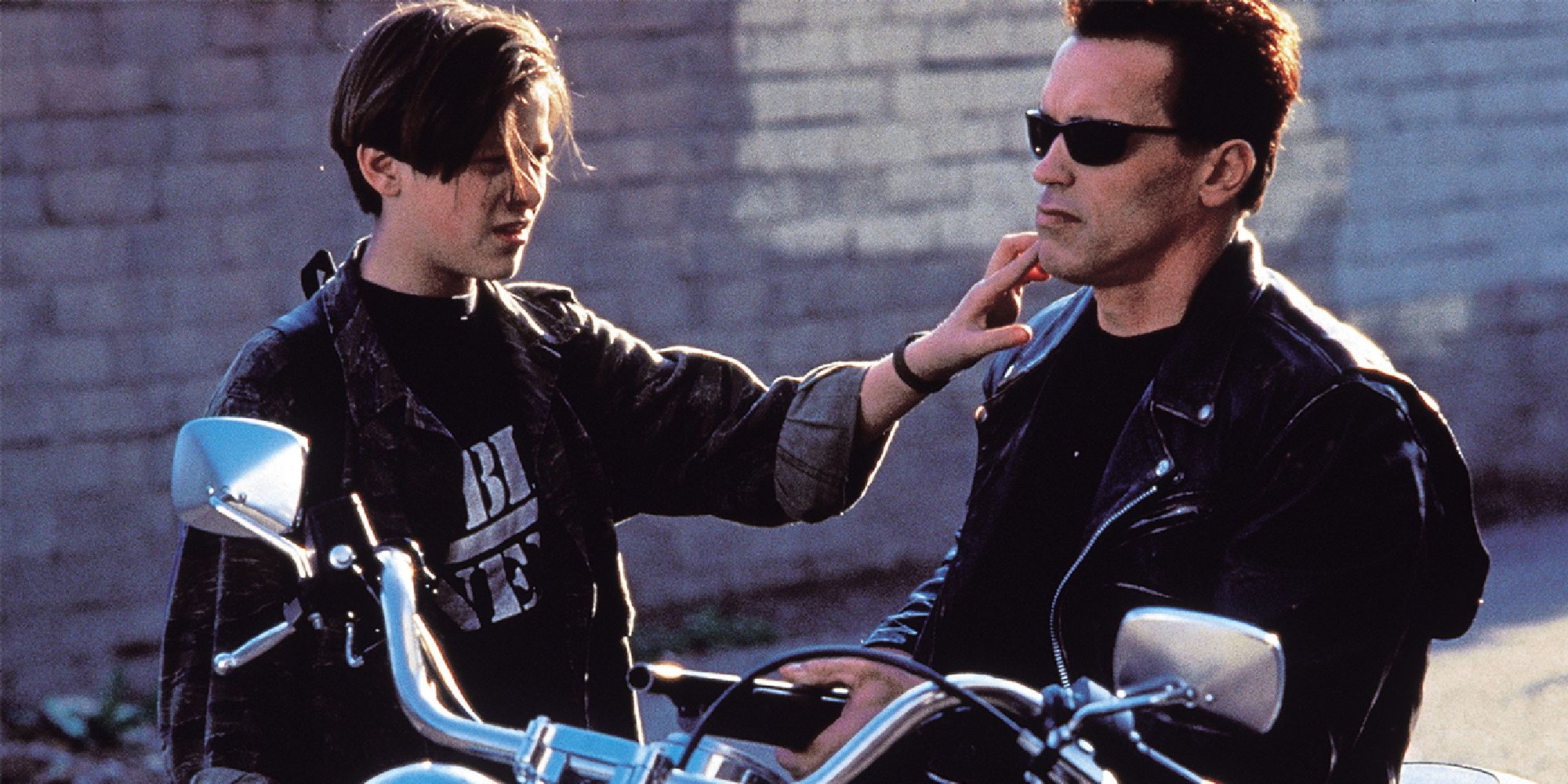
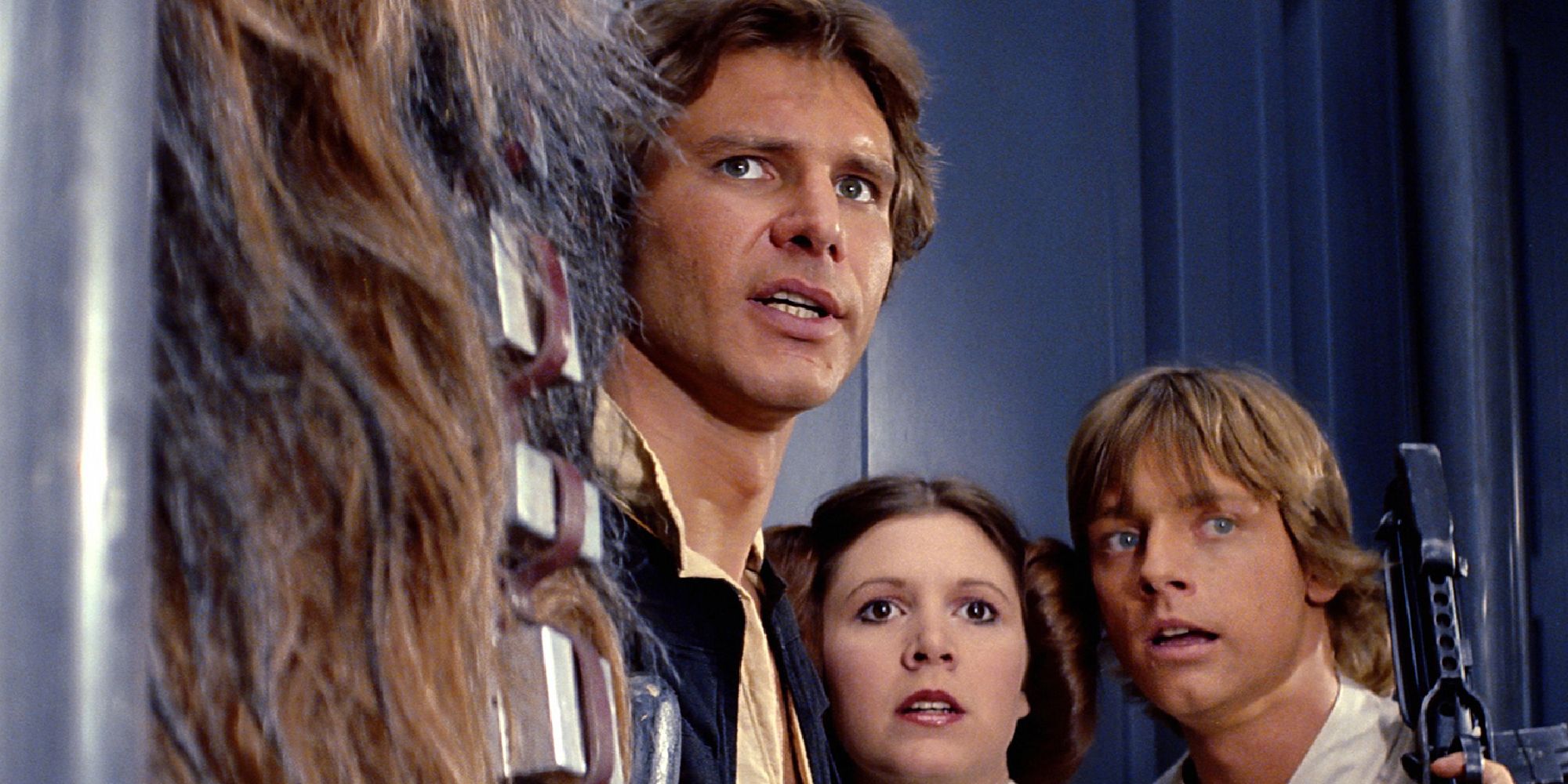
.jpg)
